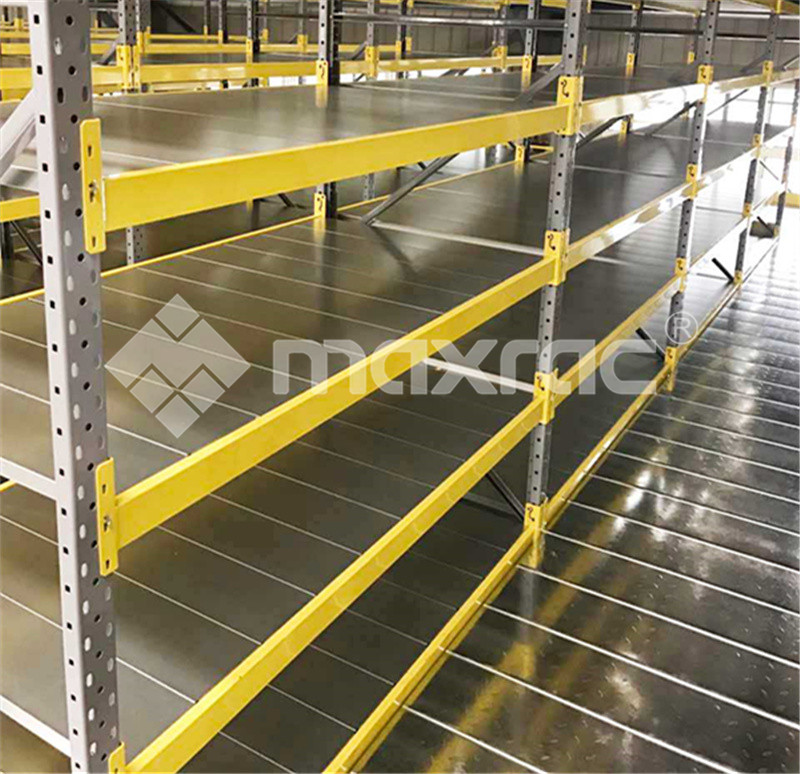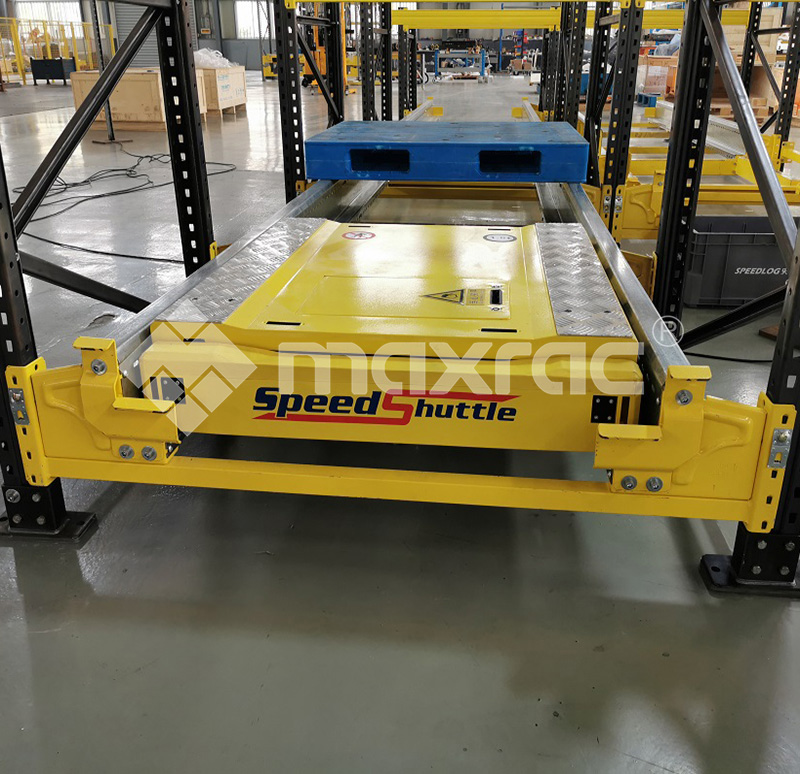Whilst unsold goods are piling up in warehouses as the coronavirus crisis cripples consumption, the apparent shortage of wooden pallets is forcing businesses to look for alternative solutions for storing and shipping their goods.
When the first pallet rack system was introduced in the late 1920s, warehouses were completely transformed. The arrival of pallet racking meant that forklifts could place pallets above each other and store them in vertical columns, effectively doubling or tripling a warehouse’s storage capacity.
Today, pallet racking comes in many different forms from cantilever racking and selective racking to push back racking and pallet flow racking; the solution best for you will depend on your specific storage needs.
Most conventional racking systems have been designed to accommodate pallets on runners, as these pallets sit securely across the beams. Our medium and heavy-duty pool pallets would be the ideal choice here, as they can support up to 2000kg in racking.
Nestable plastic pallets that come on six or nine feet, would not be an option in this scenario as without very precise alignment, the feet are likely to slip off the framework. But upgrading a racking system by using the beams with steel decks, would provide nestable plastic pallets with a solid, sturdy storage platform.

A key driver for using nestable plastic pallets in racking is the cost. Nestable plastic pallets have an entry price comparable to the cost of a new wooden pallet and are a third of the cost of a five-runner plastic pallet; but the benefits do not stop here.
Not only are they lightweight and therefore easier to handle, nestable plastic pallets offer a more durable storage platform and longer life span than wooden pallets. This means that they can be used from production right through to distribution in one smooth, easy stream and then can be reused for multiple trips.
For instance, in retail applications, nestable plastic pallets can be used to pick orders, rack the goods on decking and then when the goods are needed, they can be picked by forklift and shuttle and delivered direct to the shop floor. Here they are lightweight for shop workers to handle with ease, and when empty, they nest securely inside each other for their return to the warehouse, where they can save valuable space in storage.

For exporters and airfreight, in addition to their low weight and space saving capabilities, nestable plastic pallets have the added benefit of being exempt from ISPM 15 heat treatment regulations so remove the risk and hassle of consignments getting delayed by customs at ports.
All of the nestable plastic pallets we stock are made from recycled material and, when they reach the end of their life, we offer a plastic pallet recycling scheme whereby we collect your expired pallets and return them to our partner’s recycling facility in Belgium. Here they will be transformed into the next wave of new, sustainable plastic pallets.
When you consider all these benefits, why wouldn’t you use nestable plastic pallets in racking?
Of course, using nestable plastic pallets in racking involves some initial investment to deck out the pallet racking, but these costs will be quickly returned thanks to the massive opportunities these pallets present. Nestable plastic pallets are already widely used for a range of applications from, retail display to exporting goods, but you could reap real benefits by making them your universal pallet of choice.
For expert advice about using nestable plastic pallets in racking, please send us a message today.